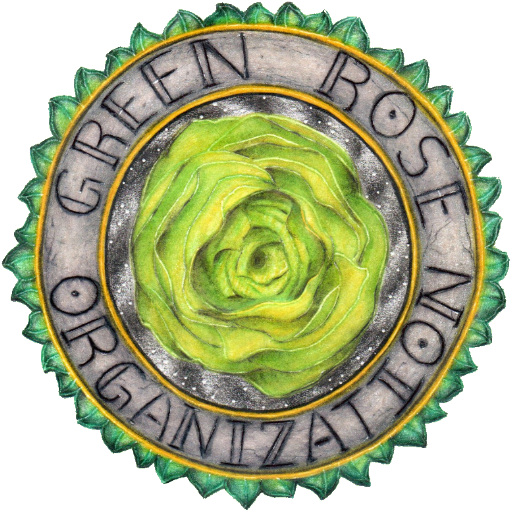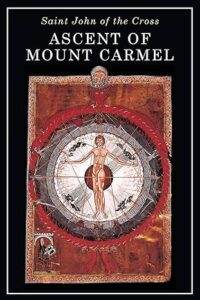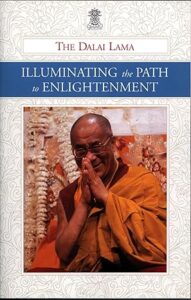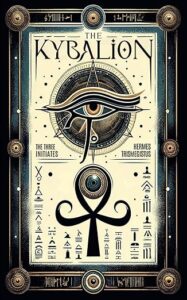Black Elk Speaks
by John G. Neihardt
Black Elk Speaks by John G. Neihardt is a powerful narrative that recounts the life and visions of Black Elk, a Lakota holy man. The book, based on Neihardt’s interviews with Black Elk in 1931, offers a firsthand account of Lakota spirituality, history, and the profound changes brought by European colonization.
Synopsis:
- Black Elk shares his early life, including his mystical vision at the age of nine, where he sees the interconnectedness of all life and receives guidance from spiritual beings.
- He recounts key historical events, such as the Battle of Little Bighorn and the Wounded Knee Massacre, offering a deeply personal perspective on the struggles of his people.
- The narrative explores Lakota traditions, ceremonies, and the loss of their way of life due to forced assimilation and displacement.
- Black Elk reflects on his role as a healer and spiritual leader, expressing sorrow over the fading of his people's sacred traditions.
- The book ends with a poignant meditation on the meaning of his visions and the hope that future generations will reconnect with the wisdom of their ancestors.
You can find a detailed summary here.
Black Elk Speaks by John G. Neihardt is divided into 25 chapters, each chronicling Black Elk’s life, visions, and reflections on the transformation of his people. Here’s a breakdown:
- Introduction & Preface – Neihardt sets the stage for his conversations with Black Elk, explaining the context of their meeting.
- Early Childhood – Black Elk recounts his early years, growing up amidst the looming presence of white settlers.
- The Great Vision – At age nine, Black Elk experiences a profound vision, where Six Grandfathers grant him sacred objects and wisdom. 4-9. Encroachment & Conflict – These chapters detail the increasing tension between the Lakota and white Americans, culminating in the Battle of Little Bighorn. 10-12. Loss & Exile – Black Elk witnesses the death of Crazy Horse and the displacement of his people, leading to a period of exile in Canada. 13-18. Spiritual Journey & Healing – Black Elk embraces his role as a healer, performing ceremonies and seeking to fulfill his vision. 19-22. The Ghost Dance Movement – He participates in the Ghost Dance, a spiritual movement aimed at restoring Native traditions. 23-24. Wounded Knee Massacre – The tragic massacre marks the end of an era for the Lakota people.
- Reflections & Closing – Black Elk laments the loss of his people’s way of life but hopes that his story will inspire future generations.
You can explore more details here.
GET THIS BOOK ON AMAZON:




